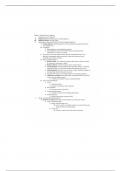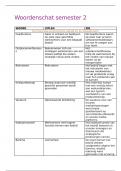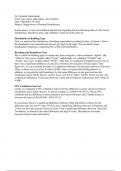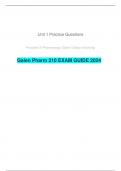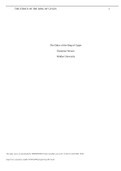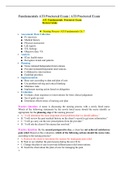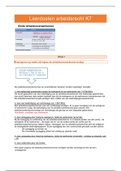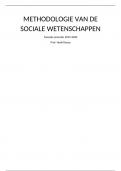Summary
NUR 181 Chapter 4 Summary
- Course
- NUR 181
- Institution
- Bergen Community College
This is a comprehensive and detailed summary on Chapter 4: Nursing Process: Diagnosis - Physical Examination & Health Assessment. *Essential Study Material!!
[Show more]
